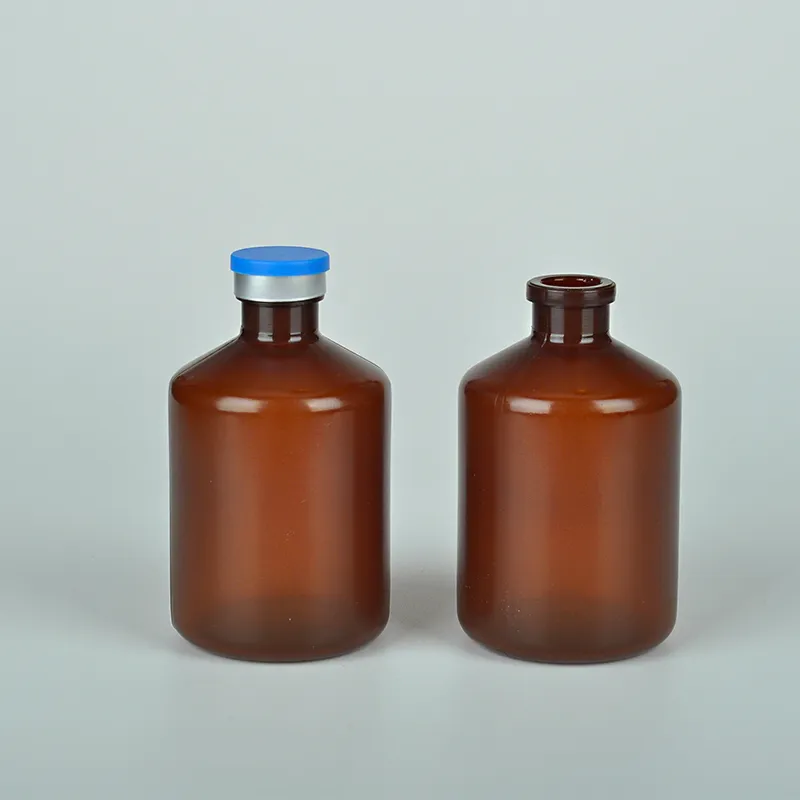Exploring the World of Prescription Containers and Their Impact on Health
The Art and Science of Drug Bottles More Than Just Containers
In an age where health and wellness are paramount, drug bottles hold a crucial place in the medical landscape. Often dismissed as mere containers, these bottles embody both the art and science of pharmaceuticals. Their design and function contribute significantly to patient safety and drug efficacy, making them essential in our daily lives.
Design Evolution
The evolution of drug bottles is a fascinating journey that reflects the advancements in both materials and technology. Historically, medicines were stored in glass vials or ceramic pots, with little attention paid to design. With the industrial revolution, the introduction of synthetic materials allowed for the creation of more durable, lightweight, and cost-effective containers. Today, most drug bottles are made from high-density polyethylene (HDPE), a material that offers excellent chemical resistance and durability.
Modern pharmacy places significant emphasis on ergonomic design and usability. Child-resistant caps, easy-to-read labels, and clear dosage instructions have become standard features, ensuring both accessibility for caregivers and safety for children. The aesthetic appeal is also an important consideration. Bright colors and distinguishing shapes help consumers identify products easily, minimizing the risk of medication errors.
Importance of Labeling
One cannot discuss drug bottles without addressing the crucial role of labeling
. Proper labeling is not just a legal requirement; it’s a matter of life and death. Labels should comprehensively include the drug name, active ingredients, expiration date, dosage instructions, and any possible side effects or interactions.The significance of clear labeling becomes strikingly clear when we consider the statistics surrounding medication errors. According to the World Health Organization, mistakes related to drug administration are prevalent across healthcare settings. Misreading labels or confusion between similarly packaged drugs can lead to grave consequences. Thus, the design of drug bottle labels is an intricate process involving input from healthcare professionals, designers, and regulatory bodies to ensure maximum clarity and usefulness.
drug bottles

Technology Integration
The advent of technology has further revolutionized the world of drug bottles. With the growth of smart packaging, bottles can now incorporate QR codes or NFC tags that link to digital information. This enables users to access detailed information about the drug, potential side effects, and even video demonstrations on how to administer the medication correctly.
Furthermore, advancements in augmented reality (AR) are making their way into the pharmaceutical sector, allowing patients to view interactive guides on their smartphones when they point the camera at the drug bottle. This integration of technology enhances understanding and compliance among patients, ultimately leading to better health outcomes.
Sustainability Concerns
While drug bottles have undeniably improved in functionality, the environmental impact of these containers cannot be ignored. As the world grapples with the issue of plastic waste, the pharmaceutical industry is being called to action. Many companies are now exploring biodegradable materials and recycling programs to mitigate their environmental footprint. Initiatives are underway to create drug bottles made from recycled plastics and even from plant-based materials, demonstrating a commitment to sustainability without compromising safety or effectiveness.
Conclusion
In summary, drug bottles are far more than simple vessels for medications; they are a blend of art, science, and responsibility. As they evolve to embrace new materials, technologies, and design principles, they play a vital role in supporting patient health and safety. The future of drug bottles is promising as the pharmaceutical industry continues to innovate in ways that prioritize not only efficacy but also user experience and environmental sustainability. As we look ahead, we can expect drug bottles to remain a crucial element in the healthcare landscape, balancing their multifaceted roles to meet the needs of an ever-changing world.
-
Aesthetic Makeup Spray Bottles | Fine Mist Empty RefillableNewsAug.19,2025
-
White Plastic Veterinary Vaccine Vials | Lab Liquid BottlesNewsAug.18,2025
-
Plastic Medicine Liquid Bottle: Secure Flip Top Drug VialsNewsAug.17,2025
-
Durable 250ml Blue Plastic Vaccine Vial for Lab & Vet UseNewsAug.16,2025
-
Sterile Virus Sample Tubes: Secure & Reliable Specimen CollectionNewsAug.15,2025
-
White 250ml Plastic Vaccine Vial for Lab & Vet MedicineNewsAug.14,2025
























